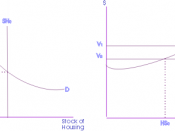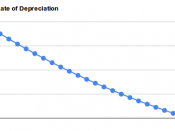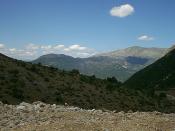Scenario
J&J Enterprises is formed on December 31, 2000. At that point it has one asset costing $2,487. The asset has a three-year life with no salvage value and is expected to generate cash flows of $1,000 on December 31, in the years 2001, 2002, and 2003. Actual results are the same as planned. Depreciation is the firm's only expense. All income is to be distributed as dividends on the three dates mentioned. Other information includes:
* The price index stands at 100 on December 31, 2000. It goes up to 104 and 108 on January 1, 2002 and 2003 respectively.
* Net realizable value of the asset on December 31 in the years 2001, 2002, and 2003 is $1,500, $600, and $0, respectively.
* The firm's asset IRR is 10%
Your Task is to Produce:
Income statements for the years 2001, 2002, and 2003 under:
1. Historical costing
2. General price-level adjustment
3. Exit valuation
4. Replacement cost
5. Discounted cash flows
Based on the information you have now created briefly address the following questions:
* How does the information you produced meet the theoretical notion of "usefulness?" (1 to 2 paragraphs)
* Is the construct of utility a scientific or cultural notion? (1 to 2 Paragraphs)
Addendum: Replacement values are $2,700, $3,000, and $3,300 respectively for the years 2001, 2002, and 2003.
Valuation Calculations
Our starting point for all five approaches remains the same. The company was formed on December 31, 2000 and has one asset costing $2,487. Since we do not have any information otherwise we will assume that this is indeed the only asset. Our starting point can be represented by the following balance sheet. Please note that our example is oversimplified to illustrate the different valuation approaches.
Exhibit 1
Historical Costing
Historical costing is the...


